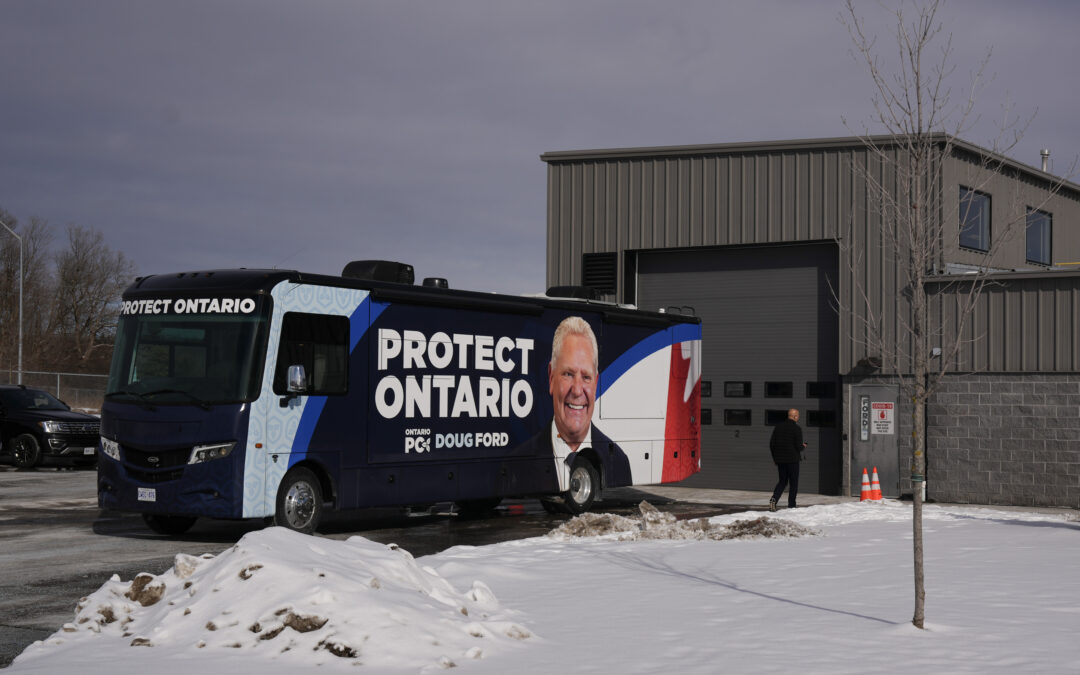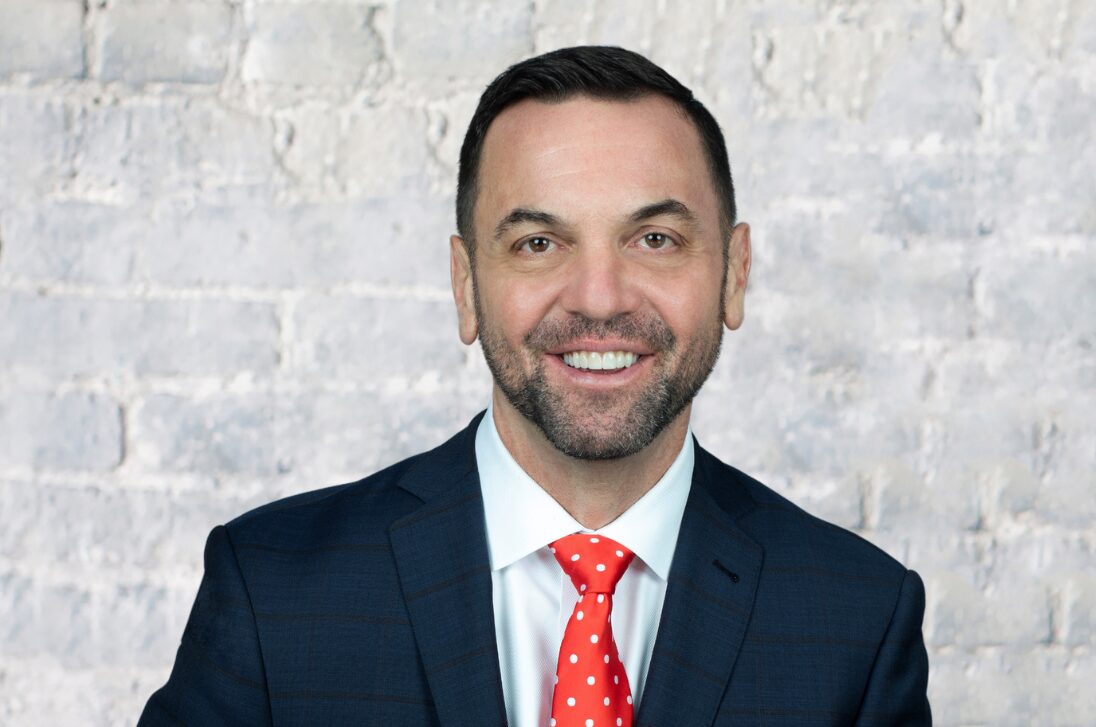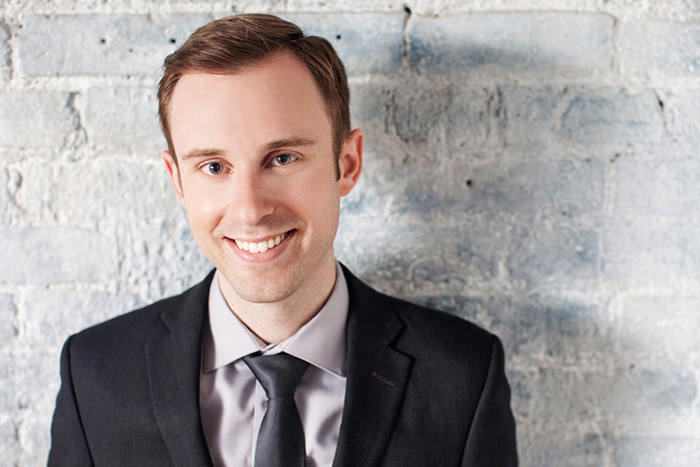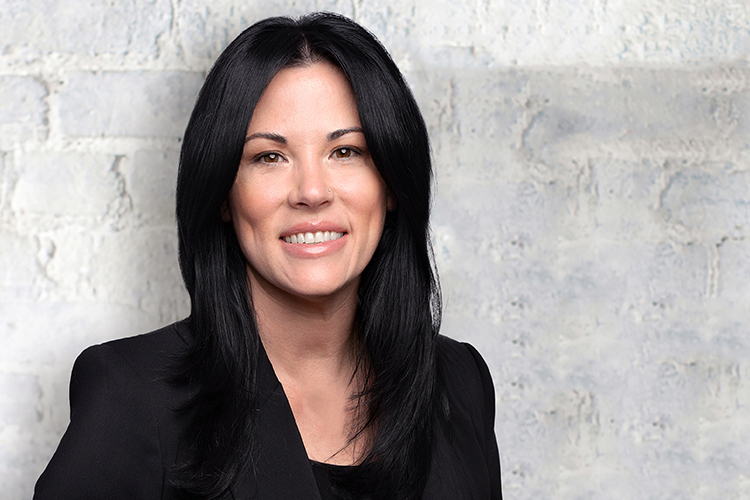8 days – barely more than a week remains before Ontario voters head to the polls. In an election period that has been more of a sprint than a marathon, party leaders are racing through the province and targeting key ridings. Their tour stops paint a vivid picture of the campaign battlefield: who’s on the offensive, who’s defending, and what’s likely to unfold.
The PC Party seized the moment early in the campaign as the tariff crisis took centre stage. Doug Ford comfortably donned the “Captain Canada” cape and put himself at the forefront of the economic fight. This unprecedented threat to the Ontario economy, particularly its manufacturing heartland, is reflected in the parts of the province where the PC Party has paid outsized attention.
From the outset of the campaign, the PCs saw great opportunity in “orange-to-blue” switchers in seats long held by the NDP, either to expand their majority or offset losses in other parts of the province. The PC Party achieved some breakthroughs in Greater Windsor and Northern Ontario in 2022 and is looking to replicate this elsewhere. Ford has effectively built his political coalition as a defender of blue-collar workers, racking up support from private sector unions previously unimaginable for a PC leader. This renewed focus on Ontario’s industrial belt is reflected in the six days that Doug Ford and the Ontario PCs spent visiting and making campaign announcements in NDP-held ridings in Windsor, London, Niagara and Welland, promising to defend jobs and create new ones with major infrastructure projects and highway expansions.
Further opportunities may be presenting themselves in the NDP heartland of Hamilton as well. The NDP was previously assisted by the presence of a high-profile leader in Hamilton’s Andrea Horwath; in her absence, the Tories are making a concerted effort to win new seats in the area. Up next for the Tories are four stops in Northern Ontario, targeting more NDP-held seats, where the former PC government recently announced new investments in manufacturing and energy.
Marit Stiles has also spent a lot of time in Southern Ontario’s industrial belt – playing defence in traditional NDP bastions like Oshawa and Windsor – areas the Progressive Conservatives have also targeted – while also trying to defend new gains in Toronto that are at risk of being chipped away at by the Liberals. Almost half of the NDP tour has focused on Toronto and surrounding areas, including nearby cities like Hamilton and Kitchener. Another priority for the New Democrats has been Thunder Bay, an area where the party has deep roots and is defending a competitive seat. Perhaps recognizing these areas of exposure, the NDP has already released mini platforms for Northern Ontario, Southwest Ontario, and Toronto that highlight some of their promises and priorities for each region. In short – the NDP appears to be playing vigorous defence everywhere.
The Ontario Liberals under Bonnie Crombie have staked much of their pitch to voters on healthcare as the critical issue that will bring their voters to Ontarians to the polls. With a campaign focused almost exclusively around the Greater Toronto Area, bouncing between suburban districts in Mississauga, Scarborough, Brampton, and elsewhere, the Ontario Liberals want to reclaim previous strongholds that were lost to both the PCs and the NDP in the previous election. Nine out of 11 campaign announcement stops on the tour have been in the GTA, with the only remaining two in the nearby urban centre of Kitchener. A key objective of the Liberals is getting their leader into the Legislature, and their campaign’s focus on Mississauga reflects that.
The balance of the Liberal campaign has been spent in Toronto itself – with the “old city” being bedrock NDP territory over the past two elections. It was telling that Crombie herself, in her closing statement of the leader’s debate, appealed directly to NDP voters to consider voting Liberal to avoid vote-splitting and position herself as the progressive candidate of choice in the upcoming election.
Leader Mike Schreiner and fellow Green Party of Ontario MPP Aislinn Clancy – the full incumbent caucus of the Green Party of Ontario – have focused the bulk of their campaigning in Kitchener Centre and Guelph, ridings they currently hold and where the Greens have been slowly making gains over the past few elections. The objective for them in this election is clear: try to snatch another seat to add another MPP to the caucus. Another target for the Greens is cottage country, targeting people surrounded by lakes and provincial parks where conservationist messages might be more appealing. One possibility: Parry Sound—Muskoka, where deputy leader Matt Richter came tantalizingly close to victory in 2022. It’s no accident that Schreiner has made three visits to the region in a little over two weeks.
With the finish line now in sight, party leaders are running out of time to make their arguments to Ontarians. Parties will be heavily focused on internal rolling polls that track not all seats, but those they need to win. The PCs appear confident in most of their ridings and the focus is clearly on winning new seats for a greater majority or to mitigate marginal losses elsewhere. The NDP are on the defensive, struggling to hold onto their seats amid threats from both directions. The Liberals are desperate to regain official party status and become the official opposition, hoping that improved polling fortunes will translate into a higher seat count. The Greens aim to build on their previous momentum by adding at least one more candidate to their caucus. Who will use their remaining stops and time most effectively to make up ground or distance themselves from the rest of the field?
Tim Hudak
Partner
thudak@counselpa.com
Devan Sommerville
Vice President
dsommerville@counselpa.com
Johanna Chevalier
Associate Vice President
jchevalier@counselpa.com
Felix Burns
Account Director
fburns@counselpa.com





